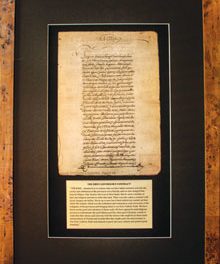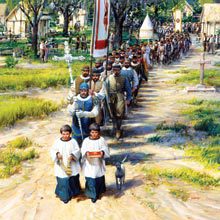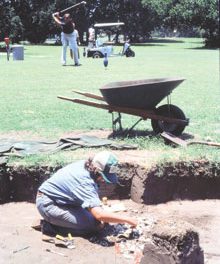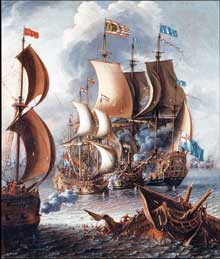 Part 7: France Ignites a Powder Keg
Part 7: France Ignites a Powder Keg
When Jean Ribault landed at Parris Island in 1562, France was ruled by King Charles IX. He was an emotionally weak boy-king who could easily be manipulated. He was only twelve years old. However, his mother, Catherine De’Medici and Admiral Gaspar Coligny were part of the power behind the throne. Oddly, the admiral was a Huguenot . . . and a leader of the French Protestants.
The king’s mother was a Catholic. By 1550 the Protestant Reformation had been both a positive and negative impact on France. The French Huguenots (or protestant French) had energized the middle class. Through much of their efforts, France became a significant trading partner throughout Europe. Yet, it was despised by Spain’s King Philip.
To King Phillip, France was a country of Catholic heretics. And he was reminded of that every time one of his ships was attacked by a French Corsair . . . or commerce raider.
Within France there were constant wars between the Catholic French Army and the French Protestants. By 1562 the powerful French Admiral Coligny, had sold the king on the idea that France should plant its flag in America, on the very land that Spain claimed as its own . . . La Florida.
Admiral Coligny thought that his move would solve two problems: It would give America to France. And it would also give the French Huguenots a place where they could peacefully practice their faith. Furthermore, France was very aware that the Spanish gold fleet would probably have to pass near their forts.
The stage was set for either France or Spain to make the first move. That country was France. It proved to be the bait that drew Spain into America. In early 1562 Admiral Gaspar Coligny dispatched orders for his best captain, Jean Ribault, to create settlements in America . . . on Spanish claimed soil. At the time, Spain was not ready to pour resources into funding a major settlement. Spain was teetering on bankruptcy. But it would not take much for Spain to be edged into the fight. France was about to make a large tactical mistake.
In February of 1562, Jean Ribault set sail with two ships, and 150 men, to land in Spain’s La Florida. What he didn’t know was that it would be as difficult for France to establish a colony in Spain’s La Florida as it would be for NASA to settle Mars. There was very little known about the coastal American natives. What seeds can the sandy soil tolerate? What animals can survive there? After cruising the coast, Ribault found Port Royal Sound on May 17. He called it, “One of the greatest and fayrest havens of the world.” Ribaut’s men quickly erected Fort Charlesfort.
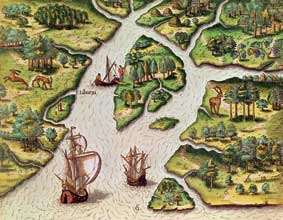
Once the fort was built, Ribault set sail for France. But France was at war with the Protestants. In the meantime the French troops stationed at Fort Charlesfort were starving for lack of food and direction. They did not wait for Ribault to return. Instead they built a small ship that eventually found Europe.
Once the Charlesfort crew reached France, Admiral Coligny gave them the supplies to return to revitalize the Parris Island settlement. However, when the returning ships landed at the mouth of the St. Johns River near Jacksonville, they made a different decision. They would build a new fort there rather than rebuild Charlesfort on Parris Island. They called it Fort Caroline. It looked like the picture below.
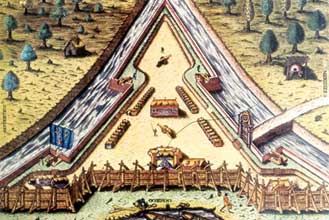
By 1564 the French had abandoned Charlesfort on Port Royal Sound and built Fort Caroline near Jacksonville. However, Spain’s ambassadors to England and France passed this message to King Phillip. “France has built two settlements in Spanish La Florida . . . one at Port Royal Sound, the other at Jacksonville.” King Phillip II was enraged. France had just ignited the powder keg. Spain would take action to immediately remove the French and permanently settle La Florida. But how do you fund the establishment of a new colony when you are bankrupt?


